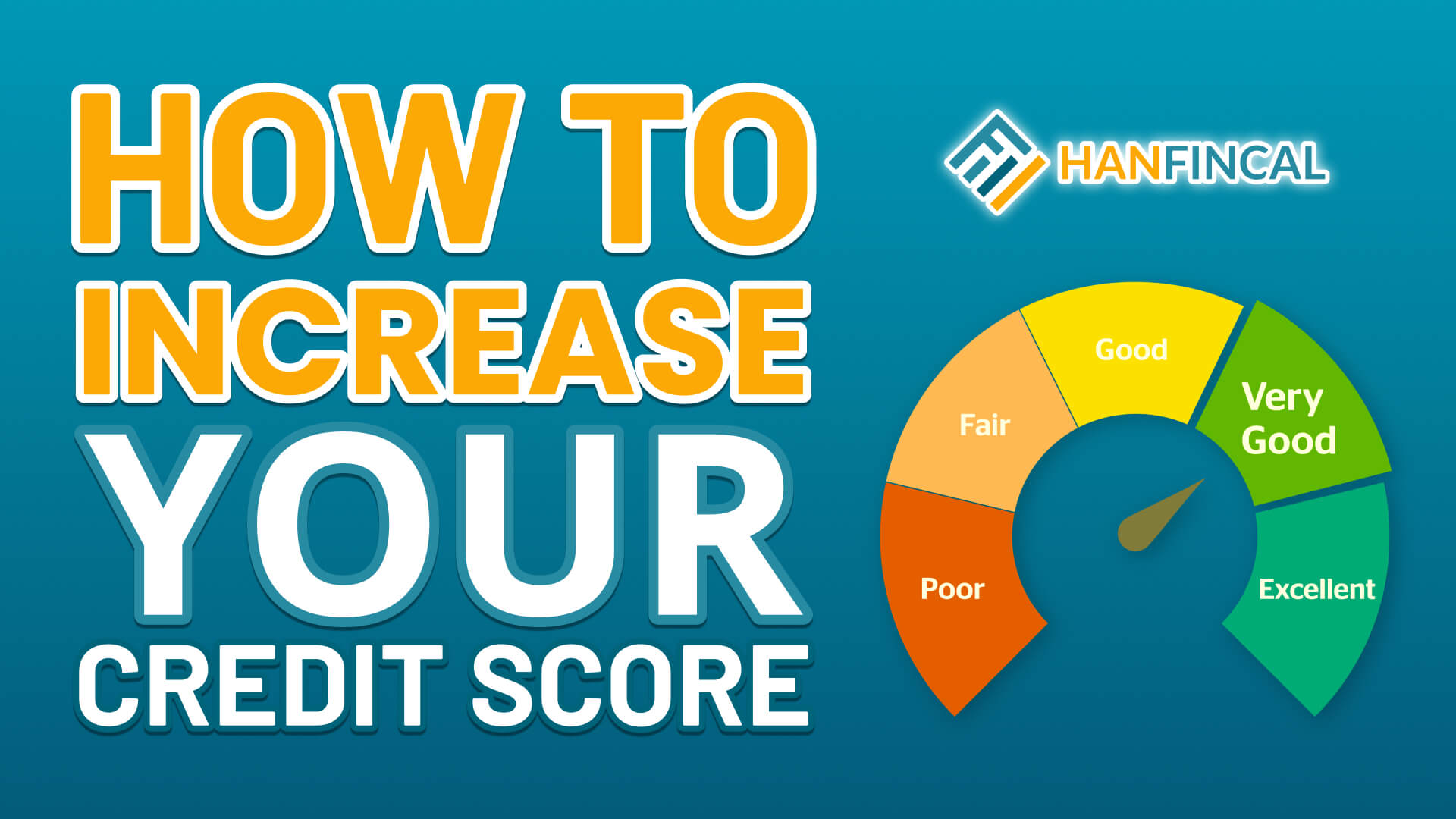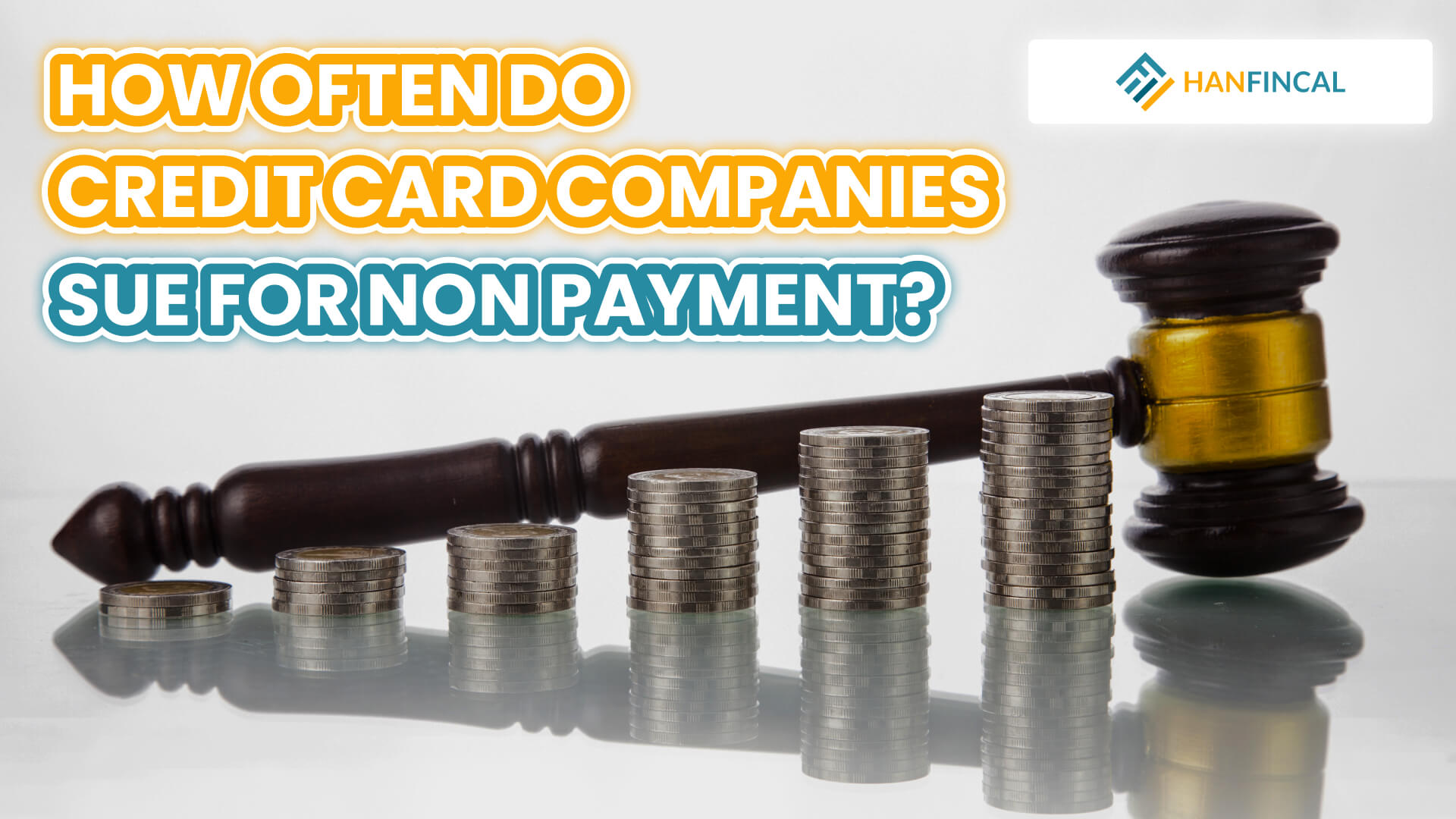Hanfincal (hanfincal.com) believes that many people would like to use a cash advance credit card in several emergencies where they truly require cash. However, don’t do it too frequently or if you don’t fully understand how it affects your credit. Maintain your focus on the line of this article to figure out the answer.
Table of content show
1. What is a credit card cash advance?
A credit card cash advance is a sum of money borrowed against your credit limit. It occurs when you withdraw cash from an ATM using your credit card rather than your debit card or ATM card. The money you take will be charged to your credit card instead of being withdrawn from your checking or savings account.
In essence, you’re borrowing money from your credit card to put cash in your pocket. However, there are fees associated with obtaining a credit card cash advance, as well as limits on the amount you can withdraw in some cases.
A credit card cash advance is not the same as a payday cash advance loan obtained from a payday loan lender. Your credit card cash advance is linked to your credit card (which requires a credit check to be approved) and allows you to pay over time as long as you make minimum payments.
A credit card cash advance is a loan provided by your credit card company. You can get money from a credit card in a few ways:
Cash advances by convenience check, ATM cash advances, and in-person cash advances are all ways to withdraw your cash.

What is a credit card cash advance?
2. Why use a cash advance?
In an emergency, cash advances can be a valuable source of funds. Although you should not expect to use cash advances regularly, you may do so if you are short on funds. However, bear in mind that, given the costs, you should always consider all of your options.
As mentioned above, this type of cash advance is a short-term cash loan obtained by using your credit card. A cash advance, unlike a cash withdrawal from a bank account, must be repaid — just like any other charge on your credit card. Consider using your credit card to “purchase” cash rather than goods or services.
Here are a few examples of how this can be beneficial:
- There are no complicated application forms or procedures to deal with.
- Almost any ATM will provide you with instant cash when you need it.
- All you need is a credit card and an ATM, no matter where you are or when you need money. You can take your cash easily and quickly.
- You are not required to complete any loan applications or be approved. All you need is only a credit card to get started.
3. How does a cash advance work?
You can get cash advances from ATMs if your credit card has a PIN. Alternatively, you can take your card to a bank that offers advances through the payment network of your cards, such as Mastercard or Visa. You will be required to show identification.
Cash advances work a little differently than buying a product or service with a credit card—there are usually no grace periods. You’ll begin accruing interest on the advance amount as soon as you withdraw it, and your credit card company will almost certainly charge you a higher interest rate for cash advances than it does for regular purchases, plus a processing fee.
You should be aware that most credit card companies will not allow you to withdraw your entire credit line as a cash advance. Cash advances are usually limited to a few hundred dollars for most people. This means you can’t rely on your credit card to provide you with a large sum of money in an emergency.

How does a cash advance work?
4. Why are cash advances expensive?
When you use a cash advance credit card, it costs you a lot of money. Why is it so expensive? If you abuse this, you may be in dire financial straits if you’re considering one. Here are some reasons why all fees and interest rates are so high:
- Fees charged by ATMs or banks: When you withdraw your money from your debit card, you are still charged these fees by the financial institution that handles the transaction, such as the owner of the ATM or the bank from which issue your cards. However, fees for a cash advance may be a little bit higher. This amount varies on these financial institutions.
- Fees for cash advances: Your credit card company imposes these. Some credit cards charge a flat fee for cash advances, such as $5 or $10. Others charge a percentage of the amount advanced, which can be as high as 5%. Sometimes, it is a percentage with a minimum dollar amount, such as 3% or $10, whichever is greater.
- Interest: This can be high in two ways. For starters, the interest rate charged by a credit card on cash advances is frequently much higher than the rate charged on purchases. Second, interest on cash advances typically begins to accrue immediately. There is no grace period.
5. How to lower cash advance fees?
5.1. Understand transaction fees
Understanding all transaction fees can help you save a significant amount of money. There are two ways to charge these fees, and in each case, you can find intelligent ways to minimize the fees you must pay. More information is available at:
- Several transaction fees are a percentage of the total advance; in this case, you can reduce the cost by withdrawing precisely the amount that you need.
- On the other hand, other transaction fees may be a flat rate or a percentage of the transaction. In this case, if you take all of the cash you need at once rather than conducting multiple smaller transactions, you’ll only have to pay the flat fee once.
5.2. Pay it off fast
The longer your debts last, the more you have to pay. Because your advance begins accruing interest the day you receive it, quickly start paying off the amount you borrow as soon as possible.
In comparison to credit card debts, interest is charged the following month. Still, with cash advance credit cards, interest is calculated immediately and daily, so extending the repayment period each day will significantly increase the amount of interest. Therefore, develop a smart strategy to pay off your debt in the fastest ways, aiming to pay the total amount. Make it a goal to repay the loan in days rather than weeks. If you try to pay it off within a few weeks, the interest won’t accumulate too quickly.
5.3. Find a credit card with better terms
This is the best option for those who want to try out a cash advance credit card before applying for one. Aside from having a thorough understanding of everything, look for a card with lower cash advance fees and a more competitive interest rate, as these can vary depending on the issuer.

Find a credit card with better terms
6. How to avoid taking a cash advance?
The only way to shun a cash advance fee on your credit card is to avoid cash advances and cash equivalent transactions. If these transactions are unavoidable, you can reduce the amount of cash you withdraw on your credit card to reduce the cash advance fee you pay. And, because interest on a cash advance begins immediately, repaying it reduces the overall cost of the advance. Here are four alternatives to obtaining a cash advance.
- Create an emergency fund: Your emergency fund can assist you in covering unforeseen costs and avoiding the use of credit card cash advances.
- Use your credit card to make purchases: Instead of getting a cash advance, optimize to charge all purchases to your card to save on interest and transaction fees.
- Avoid making unnecessary purchases.
- Keep track of your balance: If you bank online, you can configure text or email alerts to notify you if your balance falls below a certain threshold.
7. Alternatives to cash advances
- Using your credit cards: Use your credit card to pay for things whenever possible.
- Using your emergency savings: You should have three months’ worth of expenses set aside to cover unanticipated costs. To begin, set up an auto-deposit to transfer a small amount of money to a designated savings account each month.
- Plan for credit card installments: A credit card installment plan is when you agree in advance to pay for a purchase in equal monthly installments over a set number of months.
- Have an overdraft on your account: Overdrafts are usually a better short-term emergency solution than cash advances, not only because they have a lower interest rate but also because they can often provide you with a larger loan amount.
- Withdrawn early from a term deposit: You can withdraw money from your term deposit whenever you want, but if you do so sooner than agreed, you will only receive standard interest rather than the preferable rate, or you will lose all of the interest earned.
- A personal loan: Many personal loans do not require collateral and allow you to borrow a relatively large amount with repayment terms ranging from 12 to 48 months. To determine your eligibility for an unsecured personal loan, the financial institution will typically assess your credit score and verify your application to ensure your ability to repay. If you have a good or excellent credit score, you may qualify for many loans with good benefits. Here is one quickest way to help you raise your score online and totally free.
8. Cash advance credit card FAQs
8.1. What are the costs associated with credit card cash advances?
- Interest: You will pay a higher interest rate on advances than you do on purchases. Furthermore, cash advance interest begins to accrue when the advance is granted.
- Fees: A typical fee is 5% of the cash advance amount. Furthermore, if you obtain a cash advance through an ATM, you will likely be charged several dollars in ATM fees.
8.2. How do I pay less for credit card cash advances?
- Finding a credit card with better terms: If you plan to take out cash advances in the future, look for a card with low cash advance fees and an interest rate on cash advances.
- Taking out a loan: This loan, regardless of secured or not, personal loans usually have lower interest rates than credit card cash advances.
8.3. What is the maximum you can withdraw through a credit card cash advance?
Cash advances are typically limited to a percentage of the credit limit on your card. For example, if your credit limit is $50,000 and the cash advance limit on your card is 30%, your maximum cash advance will be $15,000.
8.4. Do cash advances on credit cards hurt your credit?
A cash advance does not impact your credit score in some cases. It is promptly repaid should not harm your credit; however, cash advances count towards your credit utilization against your credit limits.
If you do not repay your cash advance, your credit score will suffer. Furthermore, the cash advance balance will be added to your credit card debt, which can harm your credit score in case your credit utilization ratio becomes too high.
A cash advance credit card may appear to be a quick way to help you escape from your current stuck financial situation. However, it may be more expensive than using your credit card. It’s critical to understand how cash advances work and use them responsibly. Hanfincal (hanfincal.com) is here to support you in making the best decision.
==> Read More:




